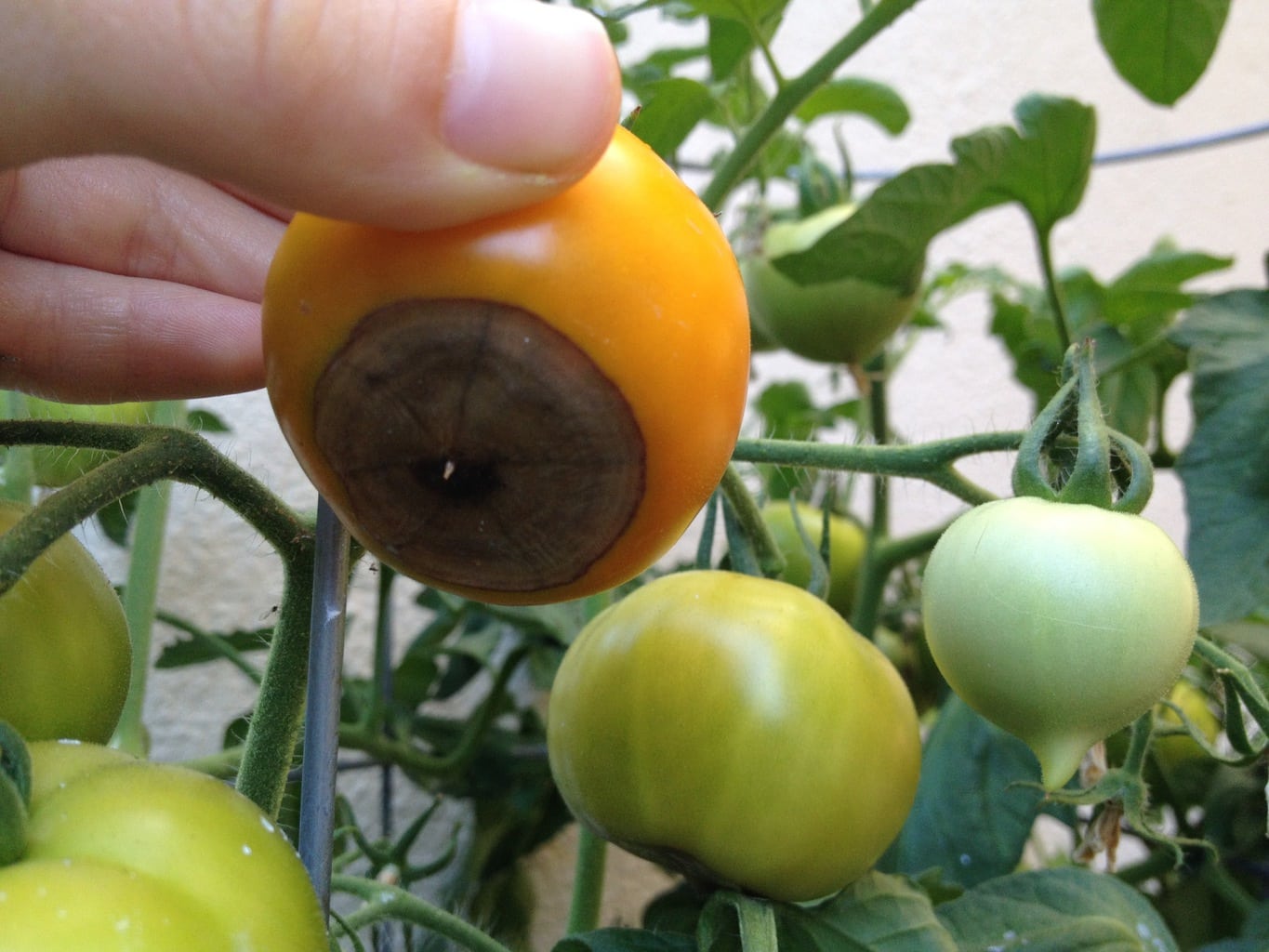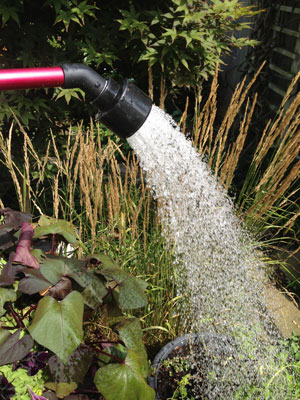Tips for Watering Vegetable Gardens in Summertime
When the temperature rises, it’s crucial to pay attention to your plants. When it doesn’t rain enough, turn on the spigot. Veggies need water to produce, so watering the garden correctly is crucial in the hot summer.
Tomatoes are especially unforgiving if they dry out. Going from dry to wet and back again creates problems like blossom end rot. And that’s not all. Have you seen cracks in the fruit? This happens when water follows a drought, causing the fruit to expand suddenly and split the skin. The way to avoid this is to keep the soil consistently moist. Don’t let it go dry and wet and dry and wet and dry and wet. It’s a spoiler.
Try these tips for watering:
Watch your garden for an “indicator” plant, which is the first plant to wilt as the garden becomes dry. You’ll always know to water when that particular plant has droopy leaves. The first is usually a squash, cucumber, ormelon because the big leaves lose lots of moisture fast. Of course, it’s better to water consistently so that this “indication” never happens, but it’s not a perfect world and even the best of gardeners gets caught by wilting plants. Know too that in very hot, dry, and sunny weather, the big-leafed plants will wilt a little in mid-day no matter what, but they should recover quickly in the evening.
Water your vegetables two to three times a week during really hot weather. Watering the garden deeply is critical. The water must go down, down, down to encourage deep roots and get away from the hot soil surface. Put a little cup or can in the garden soil and don’t stop watering until it has collected at least an inch of water from the sprinkler that you set up. (If your veggies are in containers, they’ll probably need water every day or so during the heat because containers tend to dry out faster than the ground.) If you aren’t using a sprinkler, put the cup under your drip or soaker hose. It won’t be quite as accurate, but it’s better than nothing. To hand-water a small plot, or pots, use a nozzle turned to the “shower” setting for gentle, rain-like watering. If water puddles on the surface at first, move on, but come back several times to be sure the water is soaking in and the soil is thoroughly moist.
Avoid wetting plant leaves when you can.
Of course, if you use a sprinkler, it is impossible not to wet the leaves when watering the garden, so in that case, water early in the morning so that the foliage will dry early and quickly to minimize disease risk. You can put the sprinkler on a timer so that it comes on just before daybreak, when the leaves may already be wet with dew. The gardening principle here is to avoid adding to the length of time that the leaves stay wet because many diseases need moisture to thrive.

Photo Credit: vegetablegardener.com
Do what you can to keep water in the ground. An organic mulch such as wheat straw, finely ground bark, pine needles, or chopped-up leaves spread on the ground around and under plants is a welcome barrier between the moist soil and the hot sun. A 2- to 3-inch layer of mulch makes a huge difference in hot weather, acting as a shade cloth to hold in moisture and cool plant roots. Without mulch, the intense sun bakes the soil — and you end up watering the garden even more.
Text reblogged from Bonnie Plants







